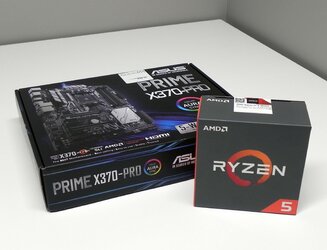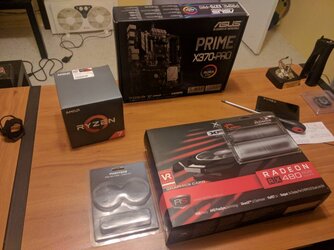- Joined
- Jan 1, 2008
- Location
- Colorado Springs, CO
Well, updated to the new bios. Still won't run at 2933 without extra voltage to the ram. Still got random cold boot 'overclock failed', even after bumping vttddr voltage. My ram is indeed single rank, single sided. For all intents and purposes it should run at 2666 according to AMD as I only have 2 sticks of it. No boot at auto timings and 2400 settings. Gonna try to use DOCP + the 2666 divider next. I just don't think I really should have to juice the ram voltage like I have been to get 2933. I'd be happy waiting till the May update, but I'm sure I can do better than 2133 :/


